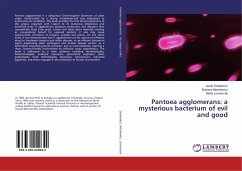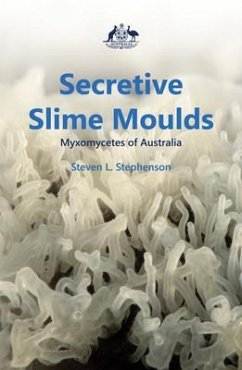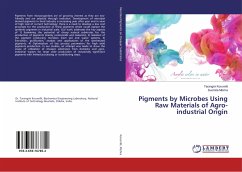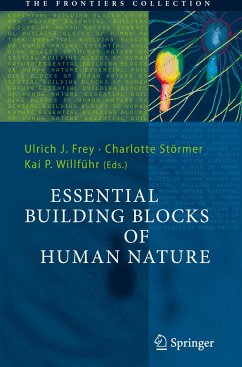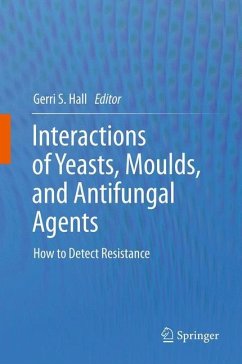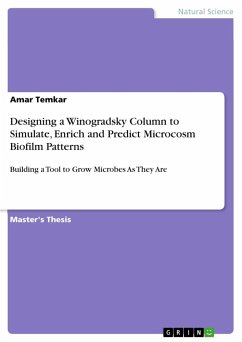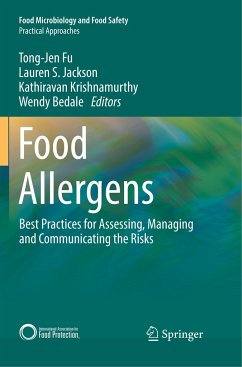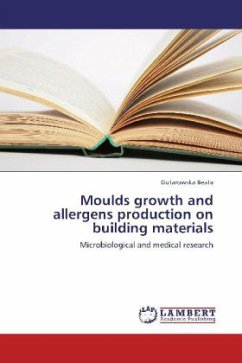
Moulds growth and allergens production on building materials
Microbiological and medical research
Versandkostenfrei!
Versandfertig in 6-10 Tagen
32,99 €
inkl. MwSt.

PAYBACK Punkte
16 °P sammeln!
Moulds are common, their active growth is observed on the walls, when there is a problem with high humidity in dwellings. On microbiological media they show allergenic properties, however, these properties can be different during growth in buildings. In routinely conducted mycological researches, isolated species are identified and their allergenicity are characterized, but only on the basis of the literature. Results obtained in this work indicate that a bad state of health of residents resulted from mouldy dwellings was mainly caused by the allergenic proteins, and the building materials wer...
Moulds are common, their active growth is observed on the walls, when there is a problem with high humidity in dwellings. On microbiological media they show allergenic properties, however, these properties can be different during growth in buildings. In routinely conducted mycological researches, isolated species are identified and their allergenicity are characterized, but only on the basis of the literature. Results obtained in this work indicate that a bad state of health of residents resulted from mouldy dwellings was mainly caused by the allergenic proteins, and the building materials were favorable substrates for the production of allergens. 39 allergenic proteins produced by moulds growing on building materials were detected, including 16 proteins (11 -93 kDa) not yet classified by IUISA, and 23 classified allergenic proteins. It was observed that moulds growing on building materials produced specific allergenic proteins, which were not detected during their growth on microbiological culture media. This book is addressed to the doctors and microbiologists who are interested in diagnosis of allergy to moulds, and for the scientists group in the field of building mycology.



